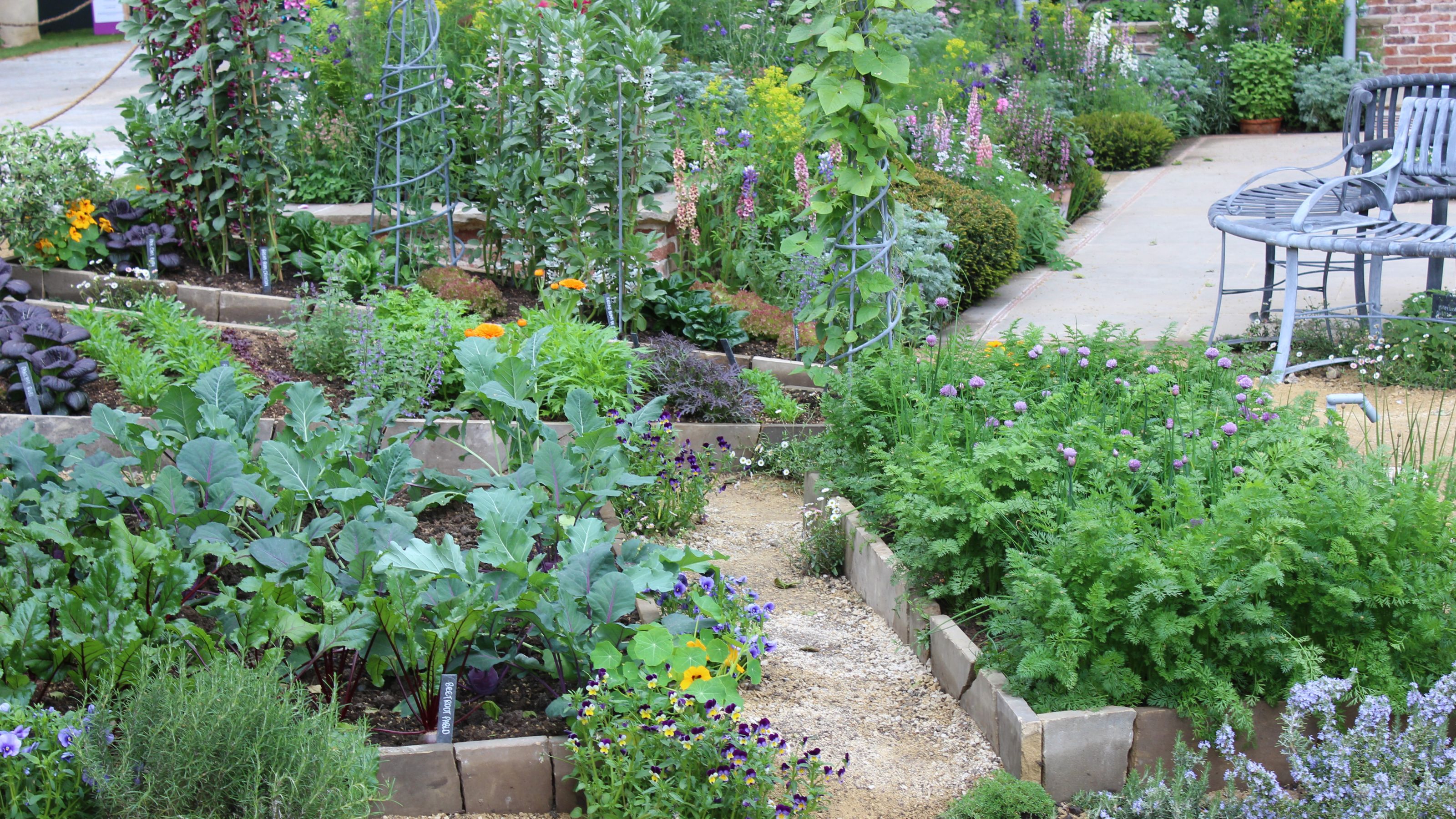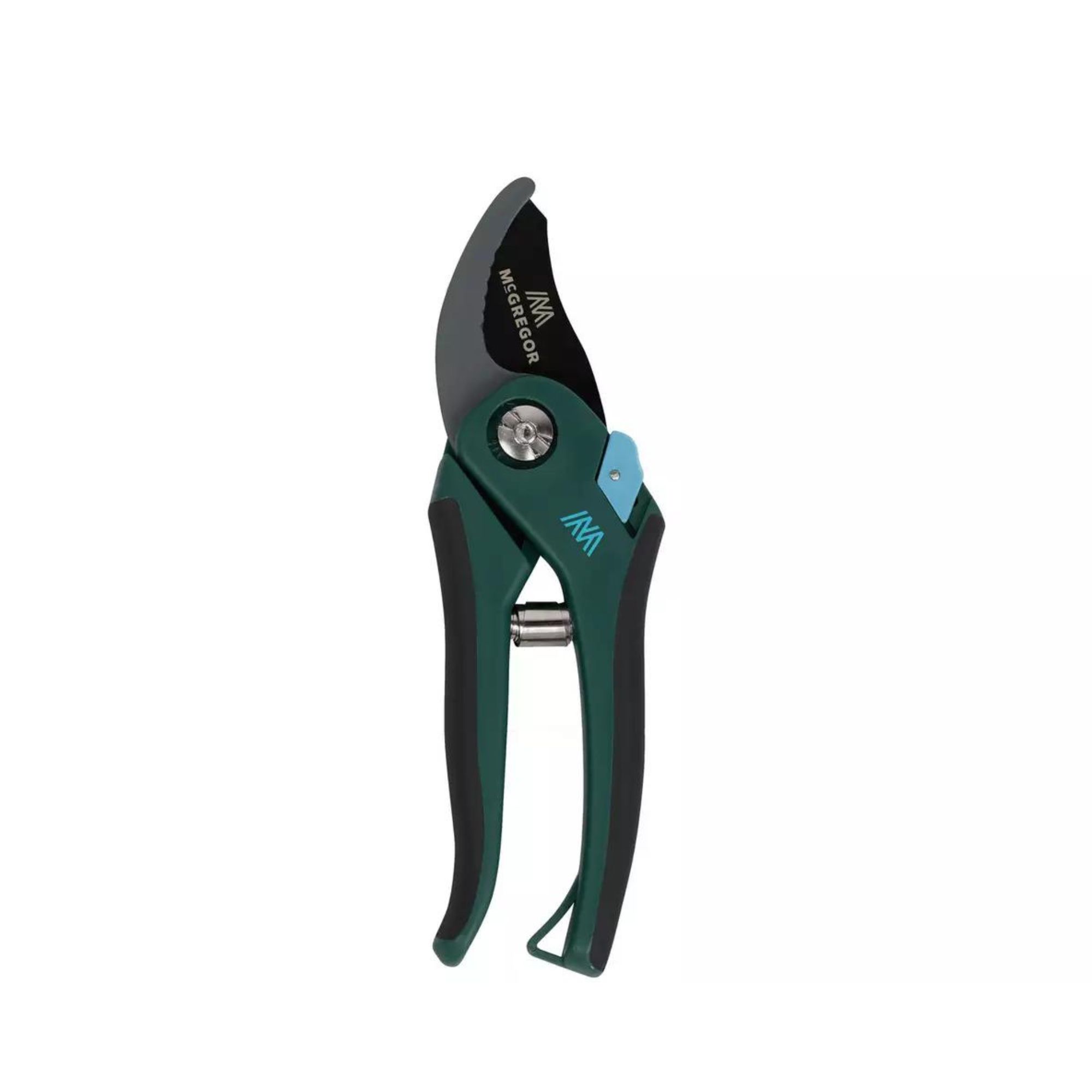When to cut back asparagus - expert advice on the right time to cut back the vegetable's foliage
Ensure jumbo crops every year by knowing when to cut back asparagus

Asparagus is a perennial plant that when cared for correctly will grow back bigger and better each year.
Their delicious green, purple or white spears are harvested in late spring to early summer. The tall stalks make mouthwatering side dishes to accompany pasta or meat dishes. Or, make hearty and flavoursome vegetarian options.
The superfood you can grow at home requires a little extra TLC to flourish but is an investment worth making as once established will harvest year after year.
'Asparagus is a delicious perennial vegetable that delivers crops for up to twenty-five years if cared for correctly,' Rob Smith, Product Development Manager, Thompson & Morgan

Rob specialises in introducing exciting new edible varieties to the UK and European home-garden markets.
Beyond his product development work, Rob is a well-respected gardening author and a regular contributor to several national gardening magazines. His passion for edibles and extensive knowledge of plants makes him a trusted voice in the gardening community.

Knowing when to cut back asparagus and how is key to producing this drought-tolerant vegetable.
Not only does it allow nutrients to remain within the edible stems but optimises the plant's overall health resulting in bountiful crops.
'Pruning your asparagus helps to keep pests and diseases at bay, and makes weeding and mulching easier', continues Rob Smith.
Sign up to our newsletter for style inspiration, real homes, project and garden advice and shopping know-how
When to cut back asparagus after planting
Any established vegetable gardener will tell you that growing asparagus is a labour of love, but worth the wait.
One-year-old dormant plants called ‘crowns’ are planted usually in winter often at the same time you would look to plant and grow potatoes known as 'first earlies'.
While young, asparagus will need very little pruning for at least two years as it becomes established.
When vegetable's fluffy-like fronds look as though they need to be cut back, follow the instructions below.
When to cut back asparagus once established
Asparagus season is quite short-lived, it runs from April to June. Once, harvesting is finished the remaining stems will grow into tall, elegant, leafy ferns.
This foliage is what needs cutting back when the time is right, to ensure all goodness and energy remain in the stems.
As with pruning apple trees, cutting back asparagus is a job to do in the garden in November.
'You should wait until your asparagus foliage has turned yellow or brown in autumn, typically after the first frost, before cutting it back, advises Rob.

Do you cut back asparagus for winter?
Cutting back asparagus for winter will ensure the spears hone all their energy to grow strong, healthy and nutritious spears for the spring/summer harvest.
How to cut back asparagus
Knowing how to cut back asparagus is super easy, but there are a few insider tips to learn to ensure a jumbo and juicy crop when asparagus season arrives.
What you'll need:
- established asparagus plants with foliage in tack
- gardening gloves
- sharp scissors or secateurs
- mulch or manure
Trim the fronds
Wearing gloves and using clean, sharp secateurs trim away the fronds.
'Trim the fronds down to around 5 cm (2 inches) above ground level', says Rob.
Dispose of the cut stems entirely.
'It's important to dispose of the cut stems—either burn them or place them in household waste rather than composting, as asparagus beetles can overwinter in the hollow stems and could reintroduce pests into your garden,' explains Rob.
Apply mulch
Once the fronds are cleared, it's time to add the best plant covers for winter to protect the exposed vegetables from frost.
'Apply a thick mulch of compost or well-rotted manure to protect the shallow-rooted crowns from winter frost, giving them a good start for next season,' says Rob.
Now all that's left is to wait until the next asparagus season.
Rachel Homer has been in the interiors publishing industry for over 15 years. Starting as a Style Assistant on Inspirations Magazine, she has since worked for some of the UK’s leading interiors magazines and websites. After starting a family, she moved from being a content editor at Idealhome.co.uk to be a digital freelancer and hasn’t looked back.
